Lucentum
A well-restored ancient archaeology site gives a real feel for life during the Roman age.
Alicante is a modern, vibrant, city, but as you wander round the Lucentum archaeological site you can imagine being back where it all started.
This fascinating site contains ruins from both pre-Roman (Iberian) and Roman periods, as well as an Islamic graveyard from the period of the Moorish occupation. There is also considerable evidence of Carthaginian influence; the old city was fought over and captured during the Punic Wars.
Lucentum is situated just to the east of Alicante city centre and before the tower blocks to the south. The hill on which it was built had a commanding view overlooking both Albufureta beach and a small harbour. It is from this site that the city of Alicante developed.
Even before the Roman occupation, the Iberian town had links with Greece and Phoenicia. The city’s peak came in the Roman period, particularly between the first century BC and the first century AD. By the 4th century AD, competition from nearby city of Elche lead to an almost complete decline and by the 10th and 11th centuries this area was only being used as a Moorish graveyard.
The site is run by the Alicante archaeology museum and consists of a combination of excavated building remains and some cleverly done reconstructions that seem to blend very well with the excavated material. There are some excellent reconstructions of underfloor heating systems and water heating furnaces in two different bath houses. Walking between the ruins one can get a real feel for life during the Roman period in particular.
The details on the development of the eastern town wall is particularly well explained, the main gate shows evidence of centuries worth of cart traffic as indicated by grooves worn in the stone threshold and the Roman forum is impressive, although the columns surrounding it seem to be reproductions. The artifacts found on the site during the archaeological excavation have largely been transferred to the Alicante Museum of Archaeology, but still left in place are a massive counterweight for an olive oil press and two rounded stone missiles intended to be fired from a crossbow-like catapult.
Know Before You Go
Street parking available on Calle Zeus. In 2017 the entry fee was €2. There is a viewing point at the top of the site giving an excellent overview, probably a good place to start a visit.

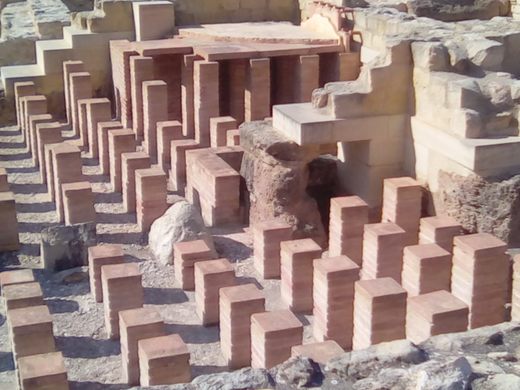
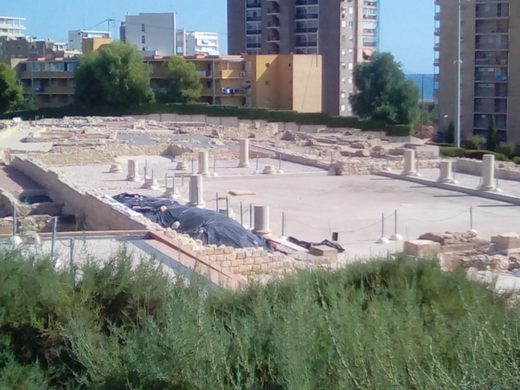
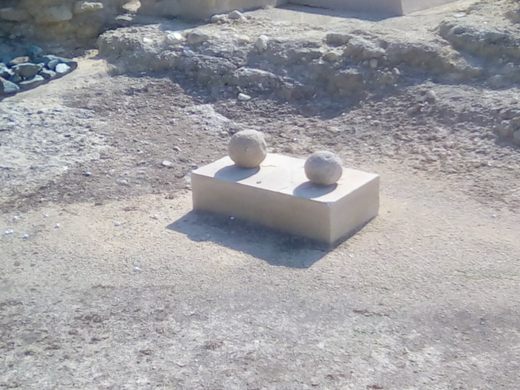






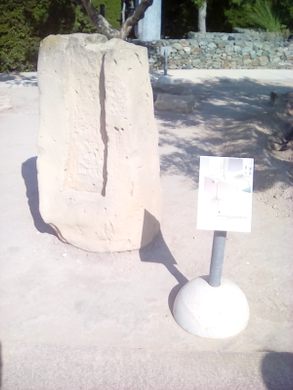
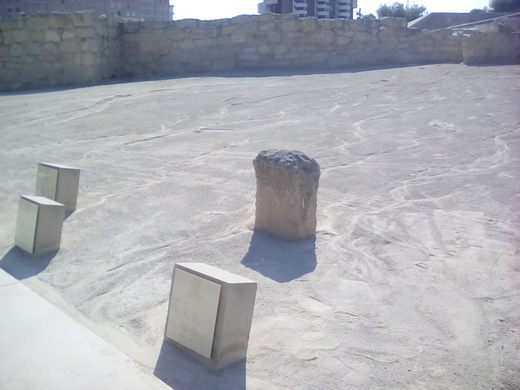
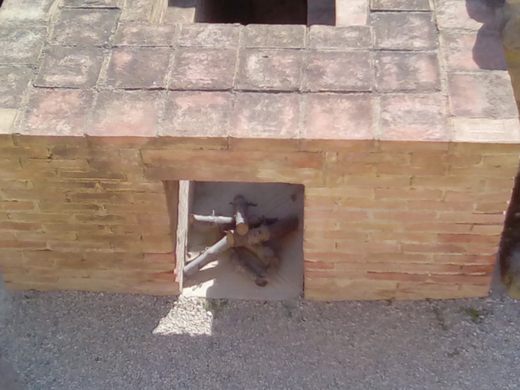
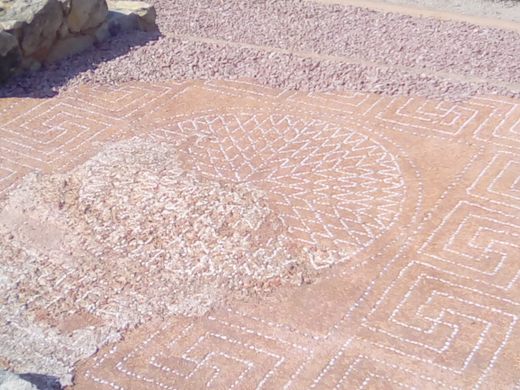
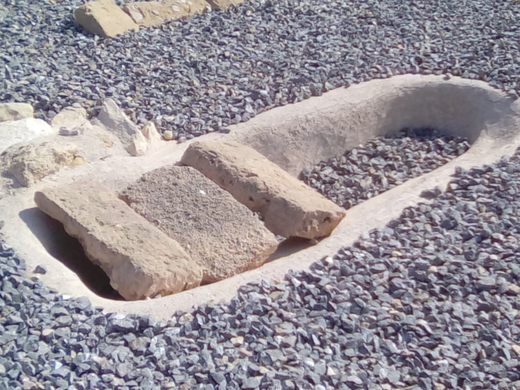
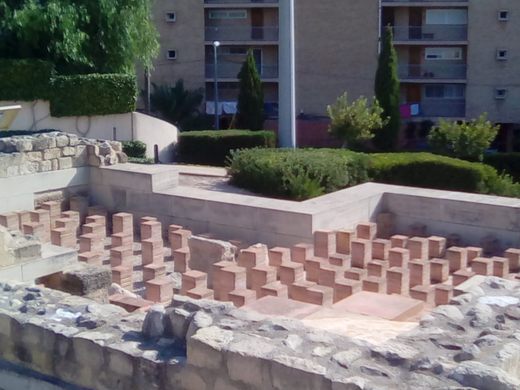














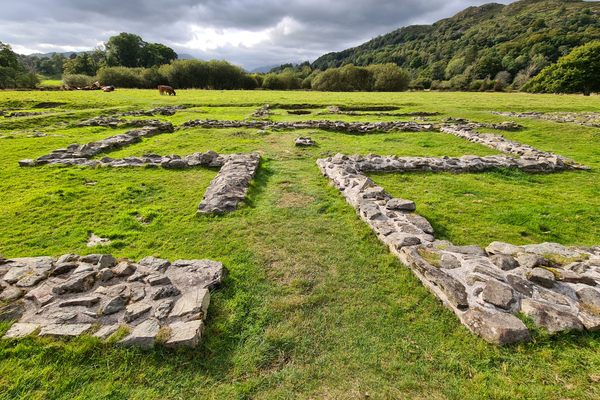

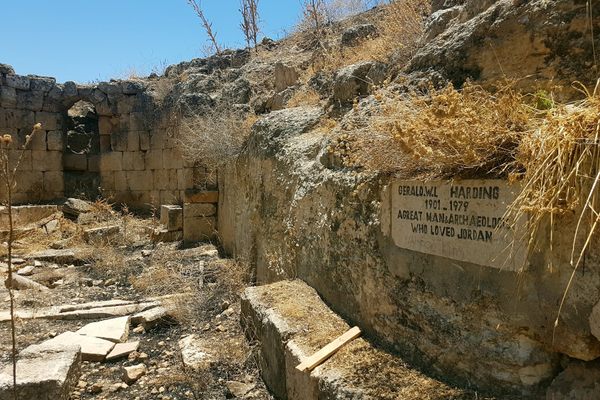


Follow us on Twitter to get the latest on the world's hidden wonders.
Like us on Facebook to get the latest on the world's hidden wonders.
Follow us on Twitter Like us on Facebook